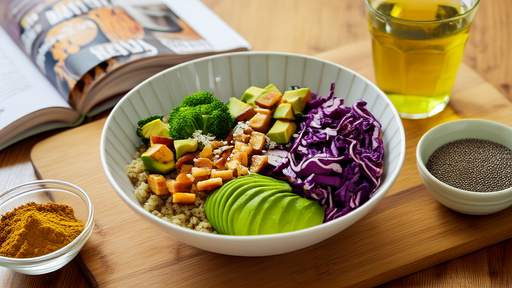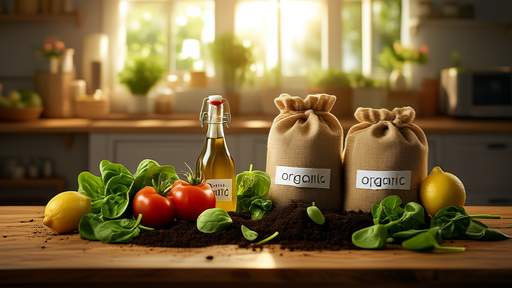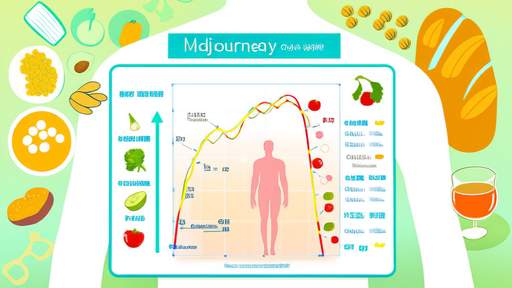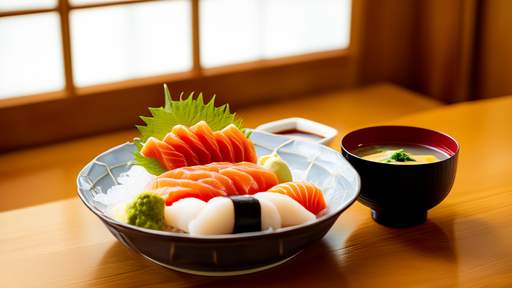The once-glowing halo surrounding "superfoods" has begun to dim, as consumers and nutrition experts alike grow increasingly skeptical of the grandiose claims attached to these often exotic and expensive products. What was once a buzzword promising miraculous health benefits has now become a cautionary tale about marketing hype and the dangers of falling for dietary fads. The truth is, no single food holds the key to perfect health, and the obsession with so-called superfoods may be doing more harm than good—both to our wallets and our well-being.
Walk into any health food store or browse the wellness aisle of a supermarket, and you’ll be bombarded with labels touting the extraordinary powers of açai berries, chia seeds, goji berries, and spirulina. These foods, often imported from distant corners of the globe, are marketed as nutritional powerhouses capable of everything from boosting immunity to reversing aging. But beneath the glossy packaging and persuasive advertising lies a more complicated reality. Many of these claims are either exaggerated or entirely unsupported by rigorous scientific evidence.
The rise of superfoods can be traced back to a combination of clever marketing and our collective desire for quick fixes. In a world where chronic diseases are on the rise and time for self-care is limited, the idea that a single ingredient can solve multiple health problems is undeniably appealing. Food companies have capitalized on this, turning once-obscure ingredients into must-have commodities. Yet, as nutritionists point out, the concept of a superfood is more of a branding strategy than a scientific classification. There is no official definition or regulatory standard for what qualifies as a superfood, leaving the term open to exploitation.
What’s more, the focus on individual superfoods distracts from the broader principles of a balanced diet. Nutrition is not about isolating a handful of trendy ingredients but rather about consuming a variety of whole foods that collectively provide the nutrients our bodies need. A bowl of quinoa or a sprinkle of maca powder won’t compensate for a diet high in processed foods and low in vegetables. In fact, the overemphasis on exotic superfoods can lead to nutritional elitism, where only those who can afford pricey imports are seen as eating "healthily," while local, affordable, and equally nutritious foods are overlooked.
The financial cost of chasing superfoods is another glaring issue. A small bag of goji berries or a bottle of cold-pressed wheatgrass juice can cost significantly more than their nutritional equivalents found in everyday foods. Blueberries, for instance, offer many of the same antioxidants as açai berries but at a fraction of the price. Spinach is just as nutrient-dense as kale, yet it rarely receives the same superstar treatment. The premium pricing of superfoods often has more to do with their perceived exclusivity than their actual nutritional value, making them a luxury rather than a necessity.
Perhaps the most troubling aspect of the superfood trend is its environmental impact. Many of these ingredients are sourced from remote regions, requiring extensive transportation and contributing to carbon footprints. The demand for quinoa, for example, has led to overproduction in the Andean highlands, disrupting local ecosystems and making the staple unaffordable for the communities that have relied on it for centuries. Similarly, the popularity of avocados has driven deforestation and water scarcity in some producing regions. When we prioritize exotic superfoods over locally grown produce, we may unknowingly be supporting unsustainable practices.
This isn’t to say that foods like turmeric or matcha don’t have health benefits—many do. But they are not magical cure-alls, and their advantages can often be found in more accessible alternatives. The Mediterranean diet, for instance, which emphasizes olive oil, fish, nuts, and fresh produce, has been extensively studied and linked to numerous health benefits—without relying on any single "super" ingredient. The key takeaway is that sustainable, evidence-based eating habits will always outperform the latest fad.
As consumers become more educated, the superfood craze is losing its luster. People are beginning to question whether these products are worth the hype—and the cost. Instead of searching for a mythical nutritional silver bullet, the real path to health lies in simplicity: eating a varied diet, prioritizing whole foods, and avoiding the pitfalls of marketing gimmicks. After all, the truest superfoods might just be the ones that have been on our plates all along.

By /Jun 5, 2025

By /Jun 5, 2025

By /Jun 5, 2025

By /Jun 5, 2025

By /Jun 5, 2025

By /Jun 5, 2025

By /Jun 5, 2025

By /Jun 5, 2025

By /Jun 5, 2025

By /Jun 5, 2025

By /Jun 5, 2025

By /Jun 5, 2025

By /Jun 5, 2025

By /Jun 5, 2025

By /Jun 5, 2025

By /Jun 5, 2025

By /Jun 5, 2025

By /Jun 5, 2025

By /Jun 5, 2025

By /Jun 5, 2025